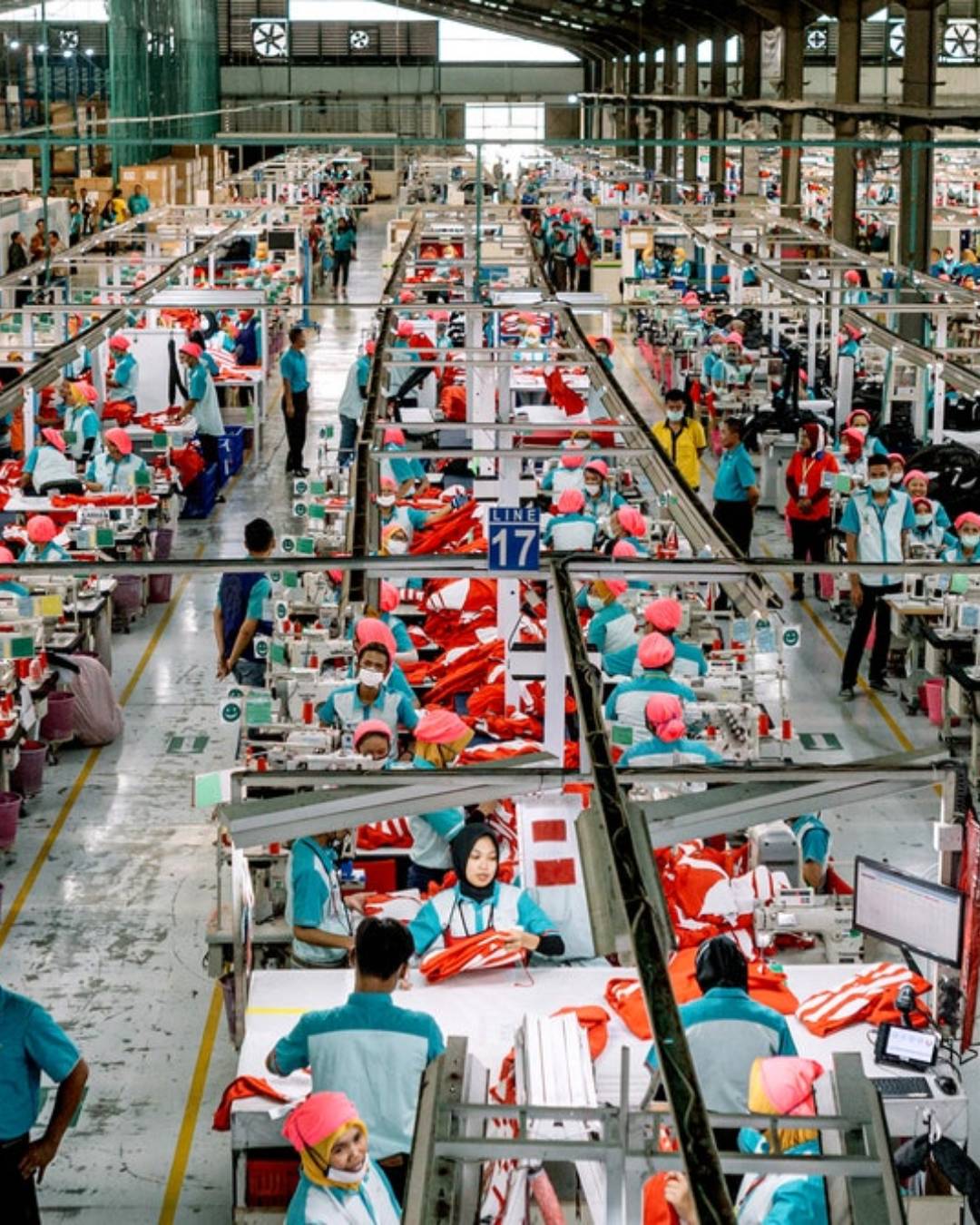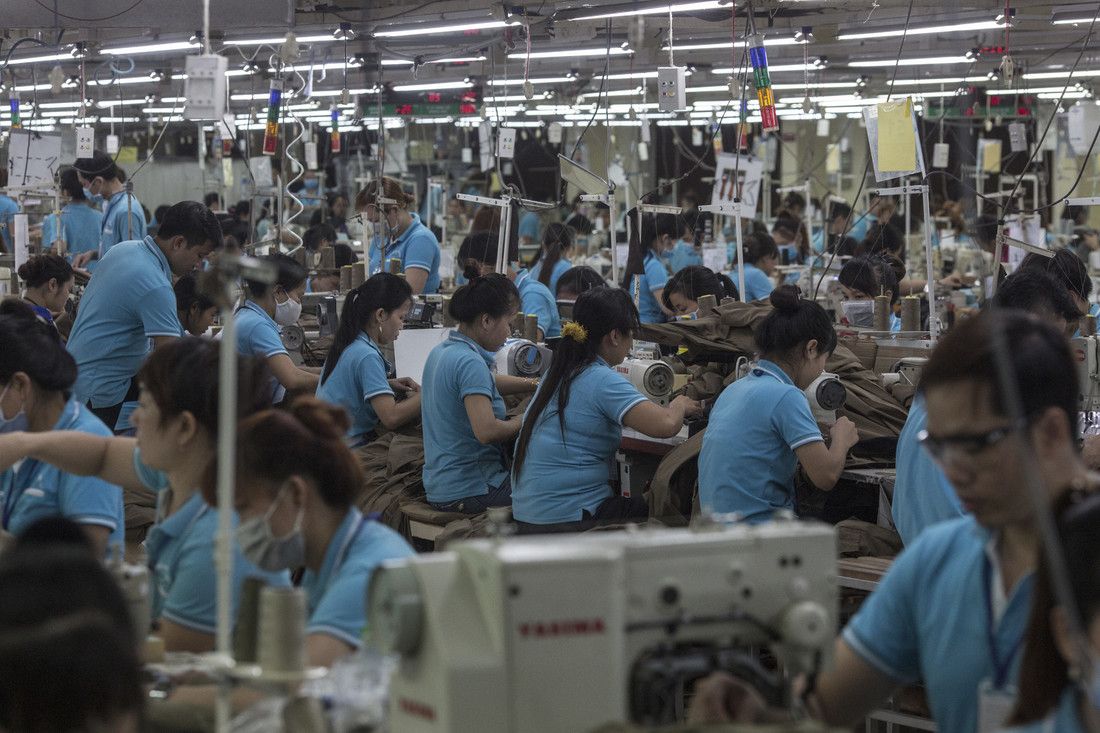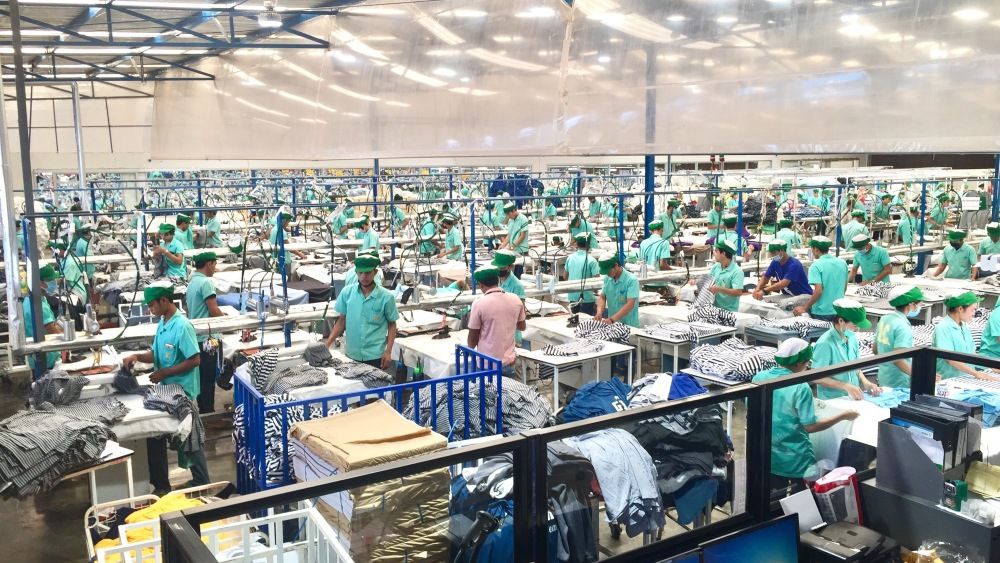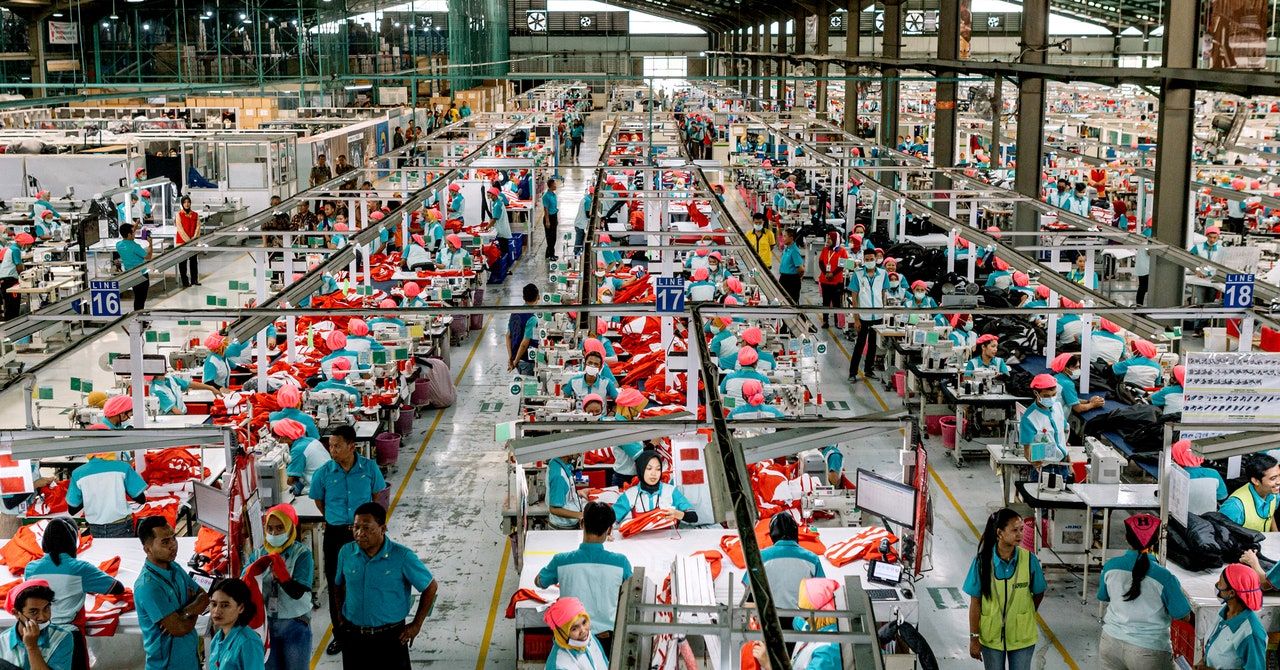
L'utopia di una moda a 0 emissioni The world's first carbon-neutral shoe and other myths to dispel
While European countries are struggling to reach a common agreement on sustainability initiatives and the US government weather service called 3 July the "hottest day in history", protecting the planet has become a topic of daily debate. In the fashion industry in particular, 'carbon footprint' is perhaps the most commonly used phrase, both by the genuinely concerned who are trying to introduce long-term sustainable solutions and by brands who have turned greenwashing into a new tried-and-tested marketing strategy. But what is the carbon footprint really? Fashion's carbon footprint is the amount of greenhouse gases released by all fashion-related activities, including the design, production, shipping, purchase, use, cleaning and eventual disposal of clothing. Allbirds, a San Francisco-based brand known for its avant-garde design for runners, has recently claimed this as its own, stating that it has developed the world's first carbon neutral shoe, the Mo.onshot Trainer, opening up a debate about the real possibility of producing zero- emission products from scratch.
To back up this statement, the company uses materials that absorb more carbon than they emit and reduces the impact of transport and production as much as possible. Calculations are difficult, however, as data on the environmental impact of the fashion industry is notoriously sparse and accepted standards for calculating carbon emissions are still evolving. Allbirds' bold claim puts the brand at the forefront of an emerging and complicated field where the science is still uncertain, but it is impossible to confirm or deny the claim with current resources. What is certain is that the fashion industry is responsible for 1.8% of global greenhouse gas emissions, according to a report released today by the Apparel Impact Institute (AII), a figure well below the often-cited earlier estimates of 8% or even 10%. However, this does not mean that the fashion industry is responsible for its emissions. More action is needed than ever before.
«All sectors and, frankly, all countries need to decarbonize their emissions: about half by 2030 and zero by 2050» says Michael Sadowski, sustainability consultant and author of the report Taking Stock of Progress Against the Roadmap to Net Zero. The study aims to update the Roadmap to Net Zero emissions published by the IIA and the World Resources Institute in 2021 and encourage the fashion industry to accelerate action, including highlighting cases where companies committed to reducing emissions are seeing positive results. «We are seeing a significant increase in preferred materials and investment in renewable energy and energy efficiency by industry groups and brands» says Sadowski.
A problem closely related to global warming, more urgent than ever, because at 17.01 °C, the global average temperature has exceeded 17 °C for the first time since monitoring began in 1976. According to the BoF «it is already "more likely than not" that temperatures will exceed pre-industrial levels by 1.5 °C, the globally agreed limit beyond which it will be difficult to avoid the worst impacts of climate change.» Companies in the sector are already feeling the impact of extreme weather on commodity supply chains and retail sales. However, to meet the 1.5°C limit, emissions will have to fall - to at least 0.489 gigatonnes - rather than rise by 2030. Sadowski was optimistic, however: «At least the companies setting the targets have realised that it is no longer enough to just make a commitment. This has to be followed by real investment, real resources in-house».
What is certain is that brands need to set realistic rather than sensational targets, as in the case of Gucci, which agreed to achieve zero emissions by 2030 before having to backtrack on its statements of intent shortly afterwards. Fashion houses now find themselves in the contradiction of having to sell to remain competitive and credible, but at the same time can no longer postpone the urgency of making drastic decisions on sustainability and transparency, hardly reconcilable with large-scale production. For now, emission-free fashion is still a utopia.




















































